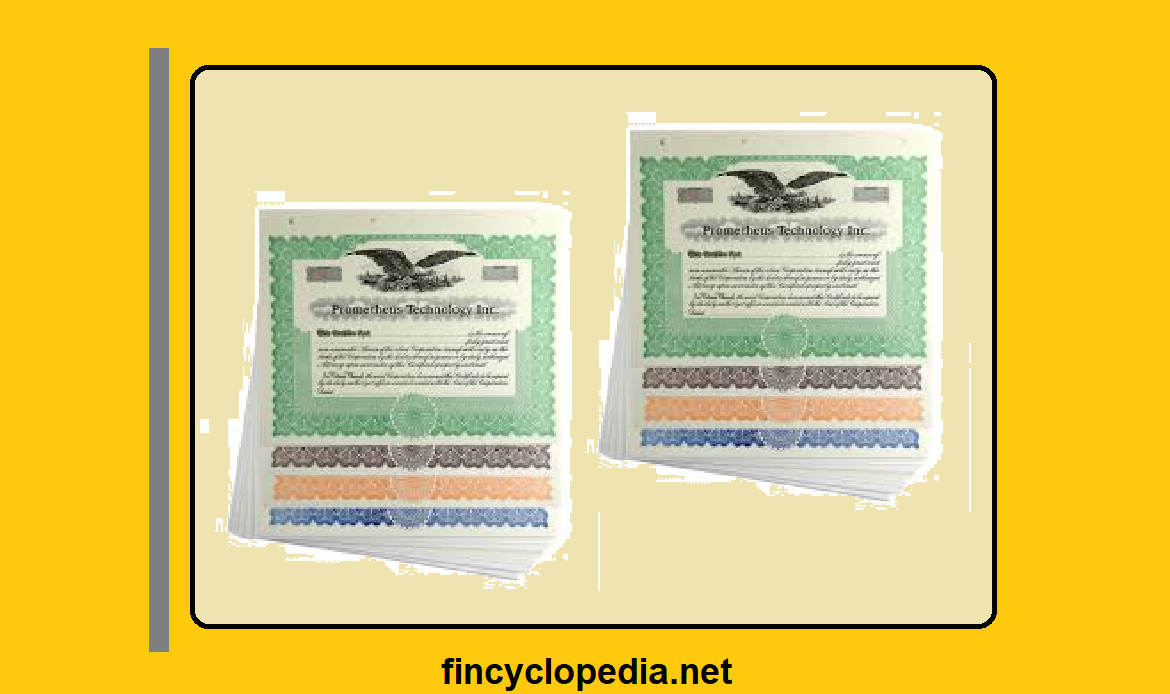A measure of yield that reflects the actual yield-to-maturity earned on an investment (security). In other words, it represents the compound rate of growth in total value during the holding period expressed as an annualized rate of interest.
For a bond, it is the discount rate that equates the future value of its investment to its current market price. This reflects the return to be received from reinvestment of the periodic coupon receipts at a reinvestment rate (or rates) based on a investor’s own judgment. In other words, this is equal to the total amount of the bond’s coupon and principal payments, and the reinvestment of these cash flows. The realized compound yield (annual return) that is actually earned on a coupon bond will be equal to the bond’s yield to maturity (YTM) only if the bond is held to maturity and the coupons can be reinvested at the yield to maturity.
This measure of yield allows for comparing between alternative interest-bearing assets. It differs from other measures in that it takes into account the influence of interest compounding (interest on interest) in the terminal value of an instrument.





